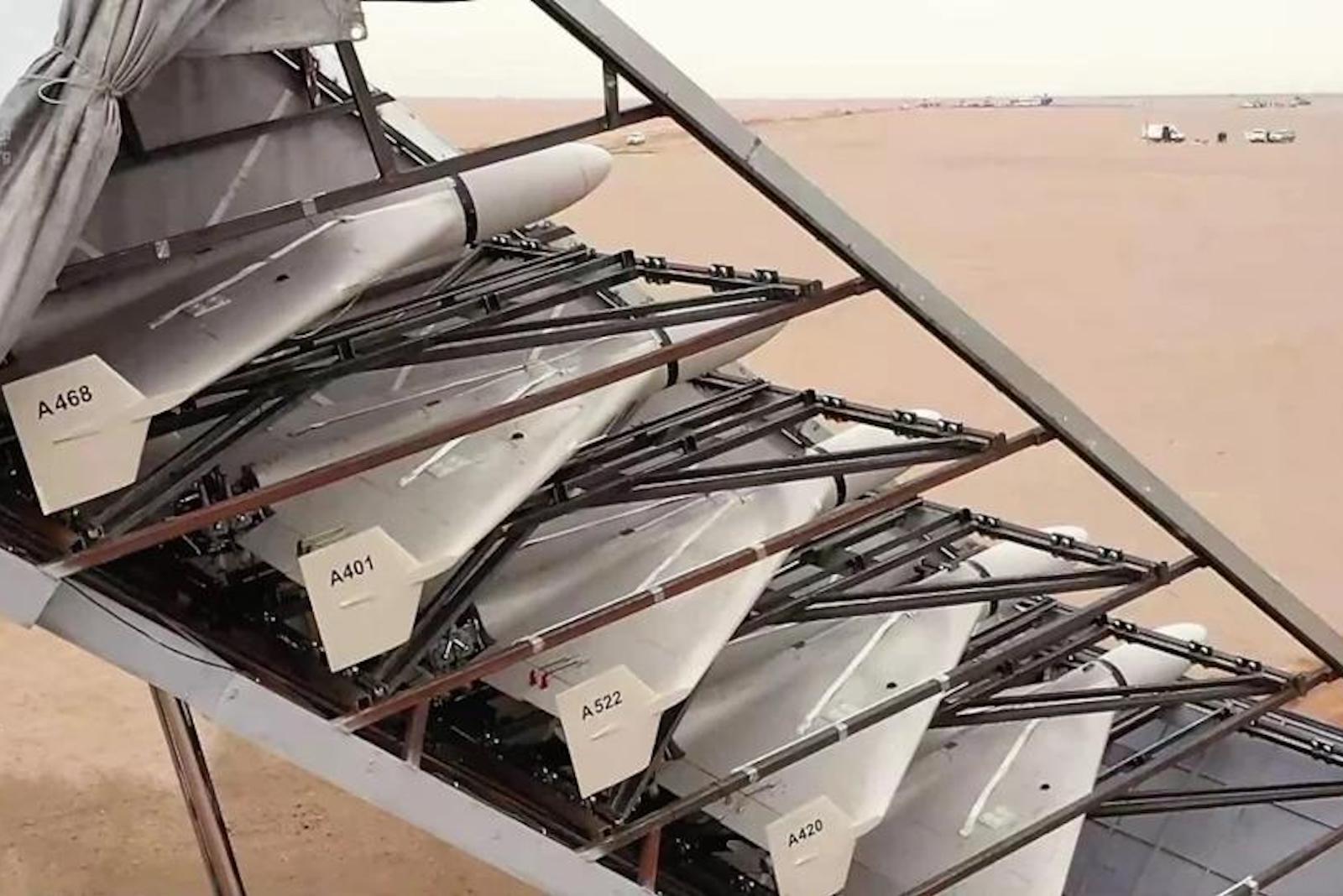(MENAFN- Asia Times) The Biden administration belatedly wants to stop Iran's drones. Focusing primarily on the US integrated circuits found in Iran's drones, the administration has put together an“all-hands” task force to take action.
Iran is supplying thousands of drones to russia that Russian forces are using in Ukraine. Especially effective is the low-cost kamikaze or suicide drone, the Shahed-136. It has been used against ukraine's critical infrastructure , especially the power grid. While the Ukrainians have been successful in downing a number of Shaheds, enough of them get through to cause heavy damage.
Ukrainians have exploited some of these downed drones. They have found inside an elegant printed circuit board stuffed with chips and connectors from us companies . As Iran lacks the capability to manufacture advanced printed circuit boards and wave solder in components, it seems almost certain the boards were made abroad.
It is possible they were fabricated in the United States. Conflict Armaments Research says that 82% of the components are American.
One of the tasks for the administration team is to try and figure out who made the boards and how the individual components were acquired. Assuming that the final product was US produced, the US has a strong case to consider the manufacture and export of these circuit boards as falling under the strictures of the Arms Export and Control Act.
US export controls are organized under three laws. Dual-use parts typically are controlled by the Export Administration Act, which is administered by the Department of Commerce.
The Commerce Department publishes what it calls the commerce control list (CCL). Penalties, in the few instances when they are applied, are light. All the incentives encourage companies to bypass the CCL regulations.
The second law is the Arms Export Control Act. It is administered by the State Department, which controls exports of all“munitions.” The controlling document is called the international traffic in arms regulations, or itar , which says that anything specifically designed for military use is controlled under the ITAR.

Iran's Shahed-136 drone has been reconfigured by Russia into a more efficient weapon. Image: Iranian Ministry of Defense
When it comes to the Shahed-136 kamikaze drone, this means that exports are ITAR-controlled. ITAR penalties often are tougher than those under the CCL.
The third set of regulations is under the Treasury Department's division for foreign asset controls . This agency handles export controls imposed because of US sanctions. Russia is under US sanctions.
There has been a lot of chatter recently that US export controls don't really cover the“stuff” used in Iranian drones, but the debate misunderstands the law. The ITAR says that anything specifically designed for a weapon is controlled, which means the circuit board in the Shahed-136 drone falls under this rule.
The administration will need to figure out who made the circuit boards for Iran and then take steps to shut them down. Of course, we don't know how many boards have already been delivered. Figuring this out is a job for US intelligence or for US partners abroad who may have information.
It is noteworthy that US National Security Advisor Jake Sullivan held a teleconference with his Israeli counterparts and asked for help in exposing iran's technology acquisition network . Sullivan may also have wanted to know exactly how many circuit boards and components Iran had already acquired.
Israel has been very effective in collecting information inside Iran. It has excellent electronic intercept capabilities in its unit 8200 . Israel can draw on many farsi speakers in Israel, who number between 200,000 and 250,000. Israel also has been effective inside Iran and has carried out many successful operations targeting the Mullah-led regime.

Assuming the US and its allies successfully track down the Iranian acquisition network and can pinpoint the suppliers, the question arises whether doing so will be enough to shut down Iranian supplies to Russia.
It is likely that Iran has been stockpiling, which would mean it could stay up and running for a while. Similarly, Russia has also been buying supplies for its domestically-produced weapons, including drones such as the Orlan-10.
What this could mean is that any crackdown on illegal exports may fall far short of the mark in slowing Iran's deliveries to Russia or even Russian manufacture of Iranian-designed drones and other weapons.
One solution to the dilemma would be to knock out drone production centers in Iran and Russia. Ukraine has been active in sabotaging operations inside Russia, but so far the Ukrainians have not knowingly targeted Russia's defense industry.
When it comes to Iran, most of the focus – which is coming mainly from Israel – is on Iran's nuclear and long-range missile programs. But can the US and Israel go after Iran's drone companies? Technically, the answer is yes, and both have plenty of cause to do so.
Iran has been shipping lethal drones to hezbollah and Hamas and Israel has been trying to knock them out by attacking recent drone deliveries and satellite drone manufacturing sites in syria. Meanwhile, US troops and installations in iraq and syria have been attacked by Iranian drones and rockets.
For the Biden administration, the real issue is the will to take action against Iran. The new incoming Netanyahu administration in Israel is likely to be happy to cooperate with Washington. But does Washington really want to be serious when it comes to containing and penalizing Iran?
The real game changer for the Biden administration is the continual bombardment of Ukraine by Russia, partly using Iranian-made weapons. Is this enough to generate a far tougher policy toward Iran, starting with taking out its drones?
Follow Stephen Bryen on Twitter at @stevebryen


























Comments
No comment